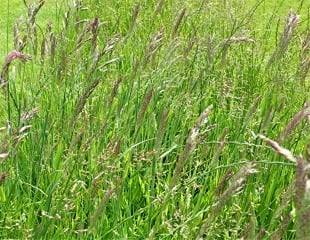
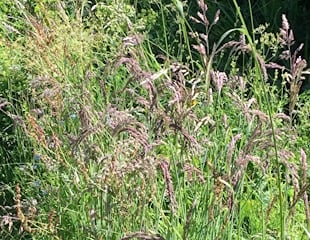
No Mow Lawns
Create a wildlife friendly low maintenance lawn
March starts with the drone of emerging solitary bees, and of the lawn mower, as the mowing season begins.
Mowing the lawn is a chore. Traditionally, lawns were all about neatness, and stripes as a backdrop to the garden. Longer lawns are becoming more popular as we find out more about the benefits to pollinators and look for a more natural, easier to maintain lawn. Plantlife, a charity which campaigns to protect pollinators, has undertaken research which has revealed "that mowing your lawn less frequently can provide enough nectar sugar for ten times the amount of bees, butterflies, moths, beetles and other pollinators."
No mow is also beneficial to butterflies. The Butterfly Conservation Trust states that long grass is important to butterflies for their life cycle, as a nectar source and a place to lay eggs.
We also have to contend with droughts, and watering the lawn is no longer practical or economic. No Mow May is a gardening buzzword, but how do you do it and what to expect?
Benefits of a No mow lawn
There are many benefits to a No Mow Lawn.
It creates an ideal habitat for wildlife in particular bees and butterflies.
We allow nature a free hand, resulting in biodiversity and a range of plants not typically found in gardens.
No watering. Water, its scarcity and cost, is a major issue for gardens today and going forward. Anything we do to reduce our need to water the garden is key to sustainability.
how to Create a No Mow Lawn
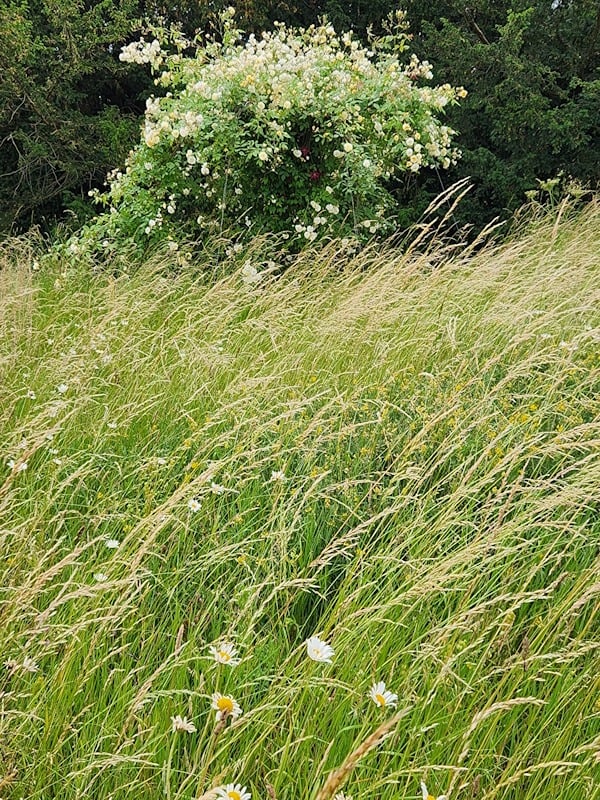
You can leave a strip of the lawn unmown, or part or all whichever suits your style of gardening. A simple strip of unmown lawn produces a surprising variety of different grasses. Plus, longer lawns are a haven for pollinators.
You can also leave parts of your lawn longer, perhaps around the edges or in a certain part, and it will soon become a wildflower habitat.
I have noticed an increasing trend to wild lawns and wild areas in the many gardens I visit, some of which are shown below. The image left is Easton Walled Garden, where a natural meadow is home to many roses. It's not necessarily a combination which would come to mind, informal meadow with the formality of roses, but it works really well.
Don't get me wrong, I am very found of ornamental grasses such as Stipa, Molinia, Miscanthus, equally the grasses you get from a lawn let go are very attractive.
This short YouTube video shows how an ordinary lawn has, in fact, many different grasses. This small piece of lawn has been left alone, and there are a number of different grasses, in unique shades of green, flowering nicely in June.
The simple way to create and maintain a no mow lawn, is to leave a strip or area unmown from May onwards leaving it to grow through to August time. If you have wildflowers in it leave for longer and let them seed.
Types of no mow lawn
There are different types of no mow lawn.
The simple way is just to leave a strip or patch, and in a short time the grasses will look like the images below.
Also easy, and very popular is a Clover lawn, which as the name suggests involves introducing clover plants into the lawn. Clover is good for pollinators, especially bees and its drought resistant. Plant it and leave it.
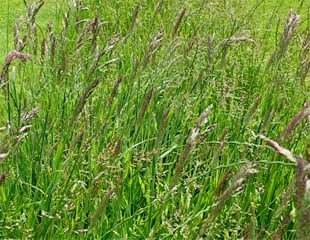
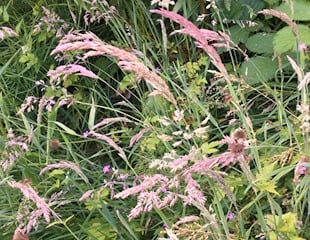
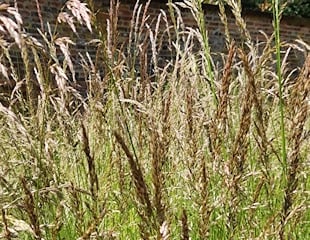
How to Create a no mow lawn with wildflowers
Another method with no mow, is to introduce wild or native flowers into the patch. You can do this by wilding the area, just leaving it and, over time, wildflowers native to your area will appear. More information about this and how to create a wild garden
Alternatively, you can add small or plug sized perennials into the lawn in spring and let them grow with the lawn. It is best to clear away some grass to give the small plants a chance to thrive and grow. Perennial plugs are easier than annuals, which need to be reseeded every year. The images below are of Easton Walled Garden, which has a very extensive wildflower meadow. The first image shows part of the meadow, and the other images are of some of the of annual, perennial plants and grasses planted into the meadow. All these would be suitable to plant in a no mow lawn at home in your own garden, just a smaller scale!
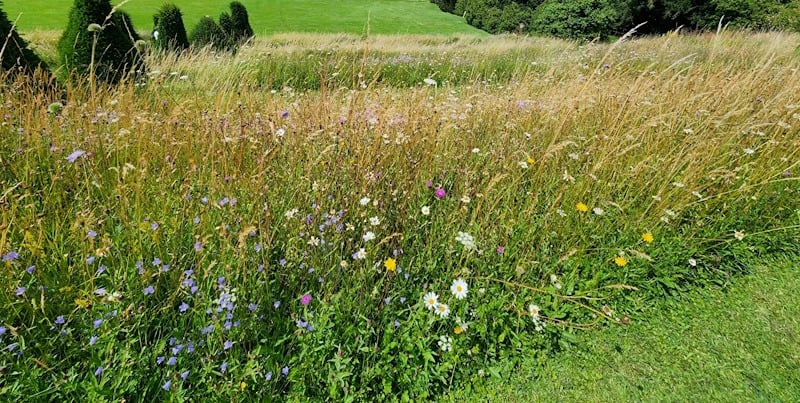
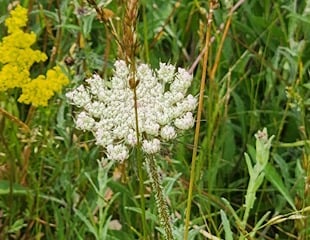
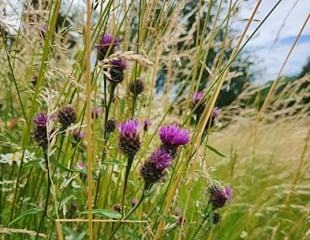
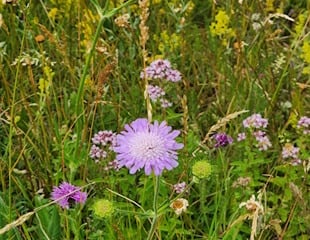
Pros and Cons of No Mow
Pros
Huge attraction for pollinators
Clover is one of the most bee friendly plants
provides a habitat for butterflies
Allows nature a free hand
Cons
it can look untidy
as the season goes on, the grass can fall over and look unkept.
